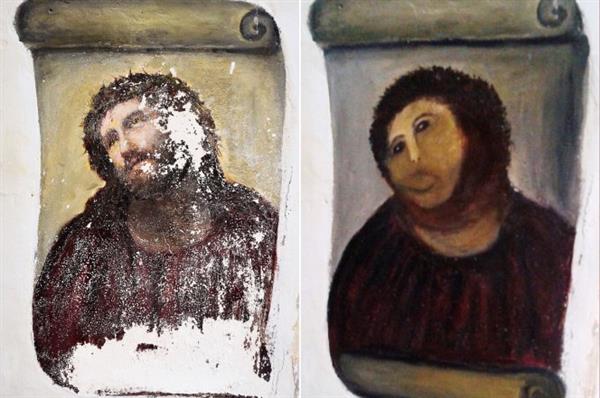It is important to preserve authentic art. Have you ever seen the botched Jesus Fresco? It is a perfect example of art conversion and this artifact has been keeping the greatest aesthetics alive. These well-known paintings are artifacts are preserved by none other than the top-notch professionals in the industry. However, new art materials have surfaced and thus the restoration game has been enduring various challenges. It is huge news that a panel of scientists from UCL Institute is now experimenting and coming up with amazing new ways to restore arts that have been created with ABS and PLA materials.
As we’ve seen, 3D printing is turning into an undeniably well-known medium for contemporary specialists, who utilize the innovation to make staggering and basically complex pieces that either improves execution and establishment undertakings or capacity as works of art all alone. The activity to create rebuilding techniques for works of art made through 3D printing and other fast prototyping procedures was embraced by the group of UCL specialists after they understood that numerous 3D printing materials are helpless to generally snappy debasement. As opposed to need to manage discovering therapeutic procedures when it might be past the point where it is possible to spare contemporary workmanship pieces, the exploration group is planning to discover arrangements now, so as to abstain from losing any critical contemporary 3D printed pieces later on.
As a major aspect of the exploration extend, the researchers from UCL have really made a 3D printed fine art particularly for the motivations behind testing rebuilding techniques. The 3D printed form, called “Out of the Cauldron,” was composed by designer cum-craftsman Tom Lomax. Taking after the Futurist stylish from the mid twentieth century, the bright conceptual figure was made utilizing best in class 3D printing forms and can be downloaded for nothing by any intrigued producer.
As Lomax clarifies, “As a craftsman I beforehand had little thought of the protection danger confronting contemporary workmanship—liking to leave these issues for conservators and concentrate on the imaginative procedure. In any case, while chipping away at this venture with UCL I started to understand that craftsmen themselves have a pivotal part to play.”
The push to preemptively protect and keep up contemporary fine arts is being upheld by Nanorestart, an examination extend financed by the EU Horizon 2020 that is committed to nanotechnologies and contemporary craftsmanship. The venture could save a huge number of contemporary craftsmanship pieces through its improvement of new remedial strategies. As indicated by the venture analysts, these techniques could incorporate a “sunblock” covering to shield from light corruption, and then some.
